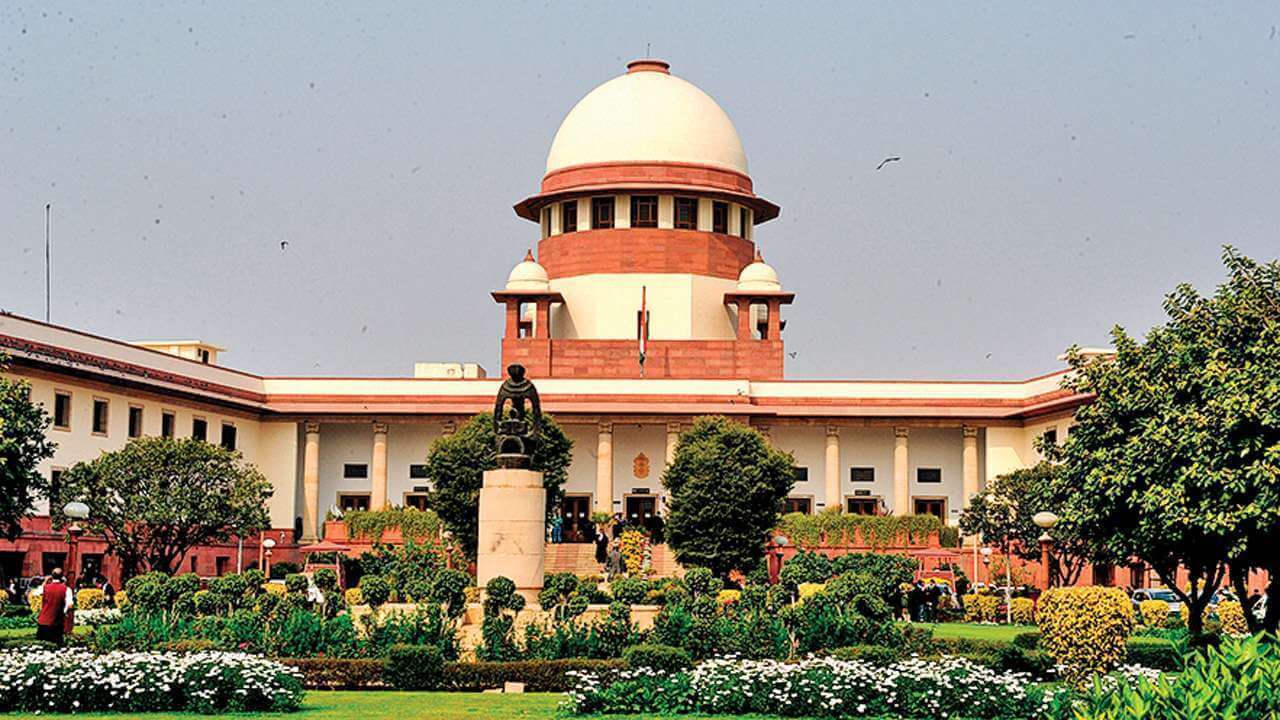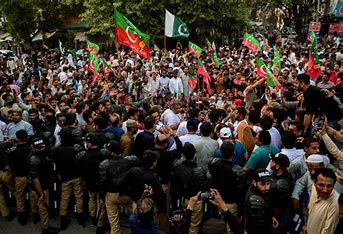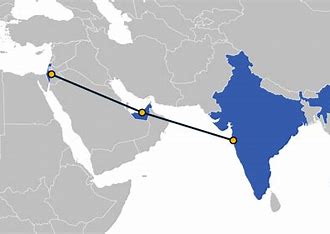
The Supreme Court of India, in the case of Vivek Narayan Sharma v. Union of India, upheld the validity of demonetization. The five-judge bench of the apex court delivered its judgement in a ratio of 4:1, with Justice B.V. Nagarathna being the dissenting judge.
What was the issue in hand? The Supreme Court of India was flooded by 58 petitions post the announcement by the central government of India to demonetize currency notes of Rs. 500 and Rs. 1,000 via notification dated November 08, 2016. The move rendered the stripped the currency units of their status as legal tenders. To put it simply, the demonetized currency notes were no longer to be considered as legal currency. At that particular time, these two denominations comprised around 86% of the money in circulation. The step marked the fourth instance of demonetization in India with the first taking place in 1946, the second in 1954 and the third in 1978. The petitioners sought to primarily relied on Section 26(2) of the RBI Act, 1934 which reads as follows “on recommendation of the [RBI] Central Board, the Central Government may, by notification in the Gazette of India, declare that, with effect from such date as may be specified in the notification, any series of bank notes of any denomination shall cease to be legal tender save at such office or agency of the Bank and to such extent as may be specified in the notification.” In its defense, the government called it to be a move to curb corruption and to eradicate black money; to block finance towards terrorism and; to eliminate fake currency from the Indian economy.
What were the contentions of the parties?
While contending one of the petitions, Senior Advocate P. Chidambaram argued that in accordance with Section 26(2) of the RBI Act, the recommendation to demonetize the currency should have “emanated” from the central bank, that is, the RBI. While, in the demonetization of 2016, the central government advised the RBI following which the recommendation was made. It was also pointed out that the process by which the currency was demonetized was not in accordance with what was required by the Act. In earlier two episodes of demonetization, that is, in 1946 and 1978, it had been done through a law by the Parliament. Contradicting this point, the learned Attorney General of India, Shri R. Venkataramani stated that under Section 26(2) of the RBI Act, the Central Government is vested with powers of “wide import and amplitude” and that the court could not give any interpretation to restrict the same. He further stated that the powers are exercised by way of issuance of a notification in the Gazette of India which is on the basis of a recommendation of the Central Board of the RBI. With regards to the two earlier instances of demonetization, the Attorney General stated that in 1946 and 1978, the demonetizations were carried out by issuance of Ordinances and they were then converted into Acts of Parliament. It was submitted that since the executive action of demonetization was ratified by the Parliament, the argument that since the Parliament had chosen to do so in two earlier instances, the Central Government could not have done it under the impugned notification is, by itself, contradictory. It was also argued that the 2016 demonetization was ratified by the Parliament through the 2017 Act and hence, the challenge to the same would not survive. The Attorney General also submitted that in Section 26(2), the word ‘any’ shall be construed as ‘all.’ If it were not to be the case, he submitted that the court would lean against a construction of a provision which would render it futile. While dealing with the question of proportionality, the Attorney General stated that the judgement of the court in the case of Internet and Mobile Association of India v. Reserve Bank of India cannot be relied upon. In support of this argument, it was pointed out that in the very case, the court had stressed upon the fact that, applying the test of proportionality, there was an absence of any semblance of any damage suffered by any of the RBI’s regulatory entities and hence, the action was not sustainable. In the present case, it was contended that the action was taken after taking into consideration many serious concerns such as terror financing, black money and counterfeit currency. The decision was taken after taking into consideration that counterfeit currency notes were largely in circulation and that it was difficult to identify the genuine ones. The Attorney General also pointed out that the RBI was recommended and hence, the requirements as under Section 26(2) were fulfilled. Since, RBI is a very special institution charged with the duty of implementing multiple facets of economic policies, reliance was also placed on various judicial precedents to state that the court is not an expert in matters of economy and hence, it shall refrain from interfering with the opinions of the experts of the field.
Did the measure of demonetization led to any benefits?
The self-assessment of annual taxes had gone up to almost double in two years- from Rs. 55,000 crores in 2015-16 to Rs. 1,00,000 crores in 2017-18. It was also pointed out that the digital payments in India had surged at a rapid pace as a result of demonetization. From 1.06 crores in 2016-17 to 90.5 crores in 2017-18, Unified Payments Interface (UPI) transaction had grown almost ninety times in a single year. In 2021-22, it was about 5,000 crores. Further, the value of the UPI transaction also grew by 1210 times in five years (from 2016-17 to 2021-22). Not only did the demonetization assist in the digital-payment advancement, it also indirectly benefitted many employees as the country saw an increase of 1.1 crore new enrolments in the Employees Provident Fund Organization. Surveys conducted in 63,691 cases also led to an undisclosed income of Rs. 84,396 crores getting deducted.
What was the majority opinion?
The majority opinion sought to answer the questions that arose out of the multiple petitions. The judges opined that Section 26(2) of the RBI Act could not be restricted to mean that it can be exercised only for one or some series of currency and not for all of them. Merely, because demonetization was a plenary decision on two earlier circumstances, it cannot mean that such a power would not be available to the Central Government. The Section provides for an in-built safeguard that the powers are to be exercised on recommendation of the Central Board (RBI) and hence, does not provide for excessive delegation. The test of proportionality is also satisfied by the impugned notification of demonetization and the period provided to the public for exchange of currency notes cannot be said to be unreasonable.
What was the dissenting opinion?
Justice B.V. Nagarathna sought to deliver a dissenting opinion in the judgement. The opinion sought to highlight the interpretation of Section 26(2) of the RBI Act that the provision could apply only when a proposal for demonetization is “initiated” by the Central Board of the RBI by way of a “recommendation” to the central government. Further, for the purposes of grammatical meanings, the word ‘any’ in Section 26(2) would mean a particular series of denominations of currency or a series of bank notes. If it were to mean ‘all series of bank notes,’ it would have vested unlimited arbitrary powers with the RBI, making it unconstitutional. In her dissenting part of the judgement, Justice B.V. Nagarathna also stated that on receipt of a recommendation made by the RBI, the Central Government may or may not accept the proposal. The dissenting opinion also mentioned that Section 26(2) did not bar the Central Government from initiating demonetization. It could be done under Entry 36 of List I of the Seventh Schedule of the Indian Constitution, but only through an ordinance issued by the President followed by an Act of the Parliament or by plenary legislation through the Parliament. However, the Central Government cannot demonetize bank notes by way of acting under the provisions of Section 26(2) of the RBI Act. The dissenting opinion, however, towards the end, stated that it considered the act of demonetization to be well-intentioned step and that it was being regarded as unlawful only on grounds of legalistic analysis of the provisions of the RBI Act.















